Chinese military journal asserts Russia lied about ‘hypersonic’ Kinzhal
- By Alex Hollings
Share This Article
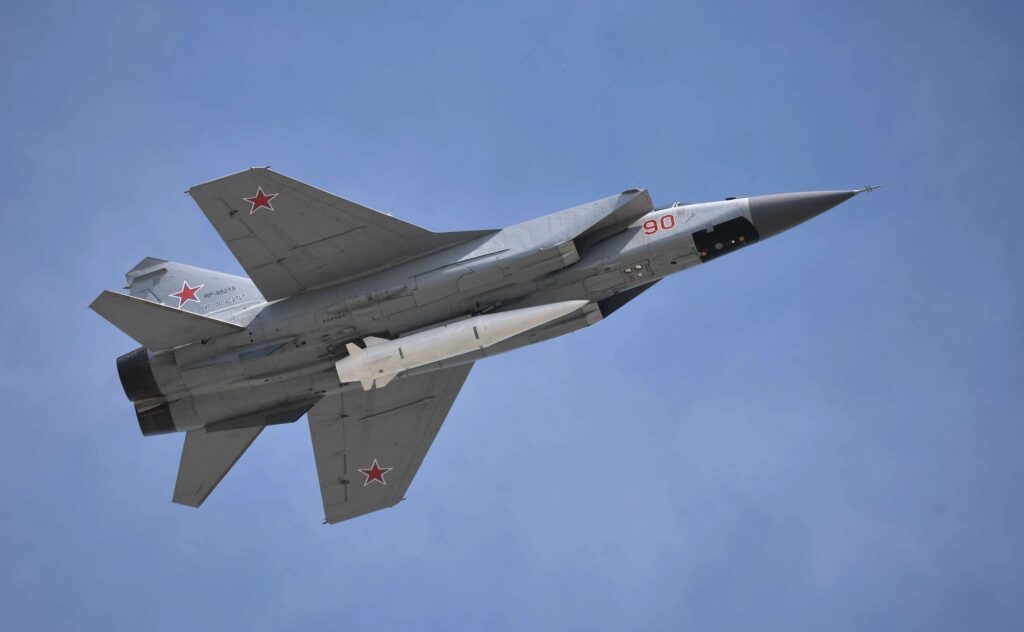
Chinese military analysts are now acknowledging that the Kinzhal missile does not live up to Russian claims, dismissing it as “dated 1980s technology” and noting the high likelihood of the weapon being intercepted by American-sourced Patriot air defense systems.
In a translation of the Chinese analysis published by The Diplomat, experts from China’s Ordnance Science and Technology journal gave a scathing review of the weapon Putin once touted as “invincible.”
Russia has long claimed Kinzhal is a hypersonic weapon
Russian President Vladimir Putin unveiled the Kh-47M2 Kinzhal, or Dagger, to the world on March 1, 2018, calling it the world’s first “maneuvering hypersonic” weapon. While ballistic missiles have been achieving hypersonic speeds (or speeds over Mach 5) since Germany built the V-2, modern hypersonic weapons combine these high speeds with a high degree of maneuverability to make for exceedingly difficult targets to intercept. But Putin’s Kinzhal claims did not appear to add up.
It wasn’t long before Western analysts started calling this new wonder weapon into question, pointing to the clear similarities between Kinzhal and Russia’s long-serving 9K720 Iskander-M short-range ballistic missile. However, Western media outlets continued taking Russian claims at face value, seemingly in favor of hyperbolic hypersonic headlines, over technically accurate reporting.
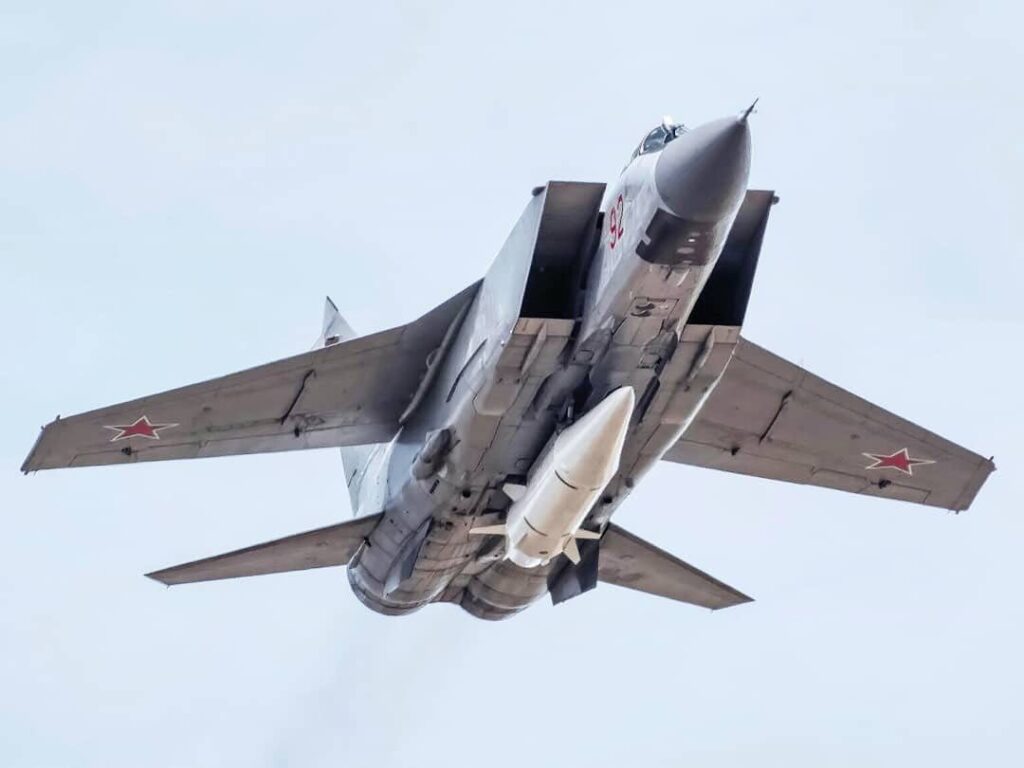
Western analysts who pointed to Kinzhal being nothing more than an air-launched ballistic missile appeared to be proven right on May 4, 2023, when Ukraine’s recently activated MIM-104 Patriot Air Defense System reportedly intercepted one of these allegedly “invincible” missiles for the first time. Since then, there have been several other reported Kinzhal intercepts, with American intelligence agencies coming forward to confirm their validity, despite ongoing Russian efforts to dismiss these claims as nothing more than “Western propaganda.”
However, a recent analysis published by a prominent Chinese military journal, Acta Armamentarii, shows that not even China believes Russia’s claims about Kinzhal at this point – directly highlighting the weapon’s apparent inability to maneuver at hypersonic speeds and acknowledging the high likelihood that the intercepts in Ukraine were real.
Related: Embarrassed by Ukraine downing its ‘unstoppable’ Kinzhal, Russia is scrambling to attack air defense
Chinese analysis of Kinzhal
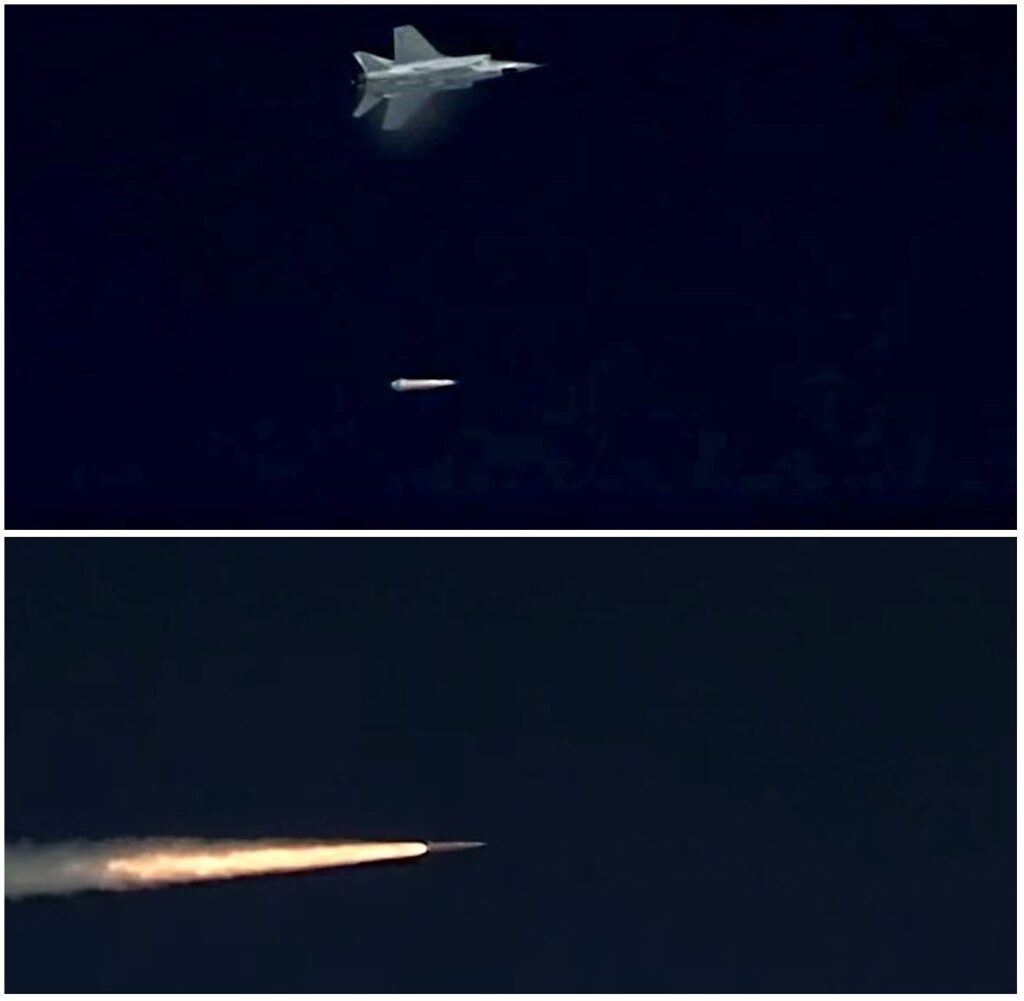
In their analysis, the article’s authors refer to Kinzhal as “outdated 1980s Cold War” technology – likely pointing to Kinzhal’s origination as an air-launched variant of the Iskander-M, which began development in 1988. They go on to dismiss Russian claims that it’s a modern hypersonic weapon, saying, “its ability to perform long-distance gliding in the atmosphere falls short.”
In keeping with the assessment that Kinzhal is little more than an air-launched ballistic missile, the report goes on to dismiss Russian claims of its maneuverability.
“The degree to which it can change its ballistic trajectory cannot be compared with that of a real hypersonic missile, and it seriously lacks the ability to maneuver laterally,” the Chinese report states.
As a result of this lack of maneuverability, the Chinese analysis suggests reports of Kinzhal’s intercept are likely to be true.
“The Ukrainian Ministry of Defense announced that the Ukrainian Air Force shot down a Kinzhal hypersonic missile using the Patriot PAC-3 air defense missile system on May 4, 2023,” the report reads. “There is more and more evidence showing that what the U.S. and Ukraine say on this matter is true.”
The report does, nevertheless, acknowledge that despite not being a modern hypersonic weapon, air-launched ballistic missiles like the Kinzhal can still have a potent effect on the battlefield.
Air-launched ballistic missiles have been around for decades, with American programs like High Virgo, Bold Orion, and Sky Bolt dating back to the 1950s. However, because America’s adversary states cannot discern between a conventional or nuclear-armed ballistic missile in flight, most countries have moved away from leveraging these weapons to prevent nuclear escalation.
Read more from Sandboxx News
- What is the mysterious drone model we spotted in our interview with General Bob Behler?
- Lockheed Martin has now built 1,000 F-35s
- Pakistan wants to fly Chinese stealth fighters alongside its F-16s
- GE’s hypersonic rotating detonation engine breakthrough could change aviation forever
- The real-life TOPGUN advisors made cameos in ‘Top Gun’ and ‘Top Gun: Maverick’
Related Posts
Sandboxx News Merch
-

‘AirPower’ Classic Hoodie
$46.00 – $48.00 Select options This product has multiple variants. The options may be chosen on the product page -

‘Kinetic Diplomacy’ Bumper Sticker (Black)
$8.00 Add to cart -

‘Sandboxx News’ Trucker Cap
$27.00 Select options This product has multiple variants. The options may be chosen on the product page

Alex Hollings
Alex Hollings is a writer, dad, and Marine veteran.
Related to: Airpower
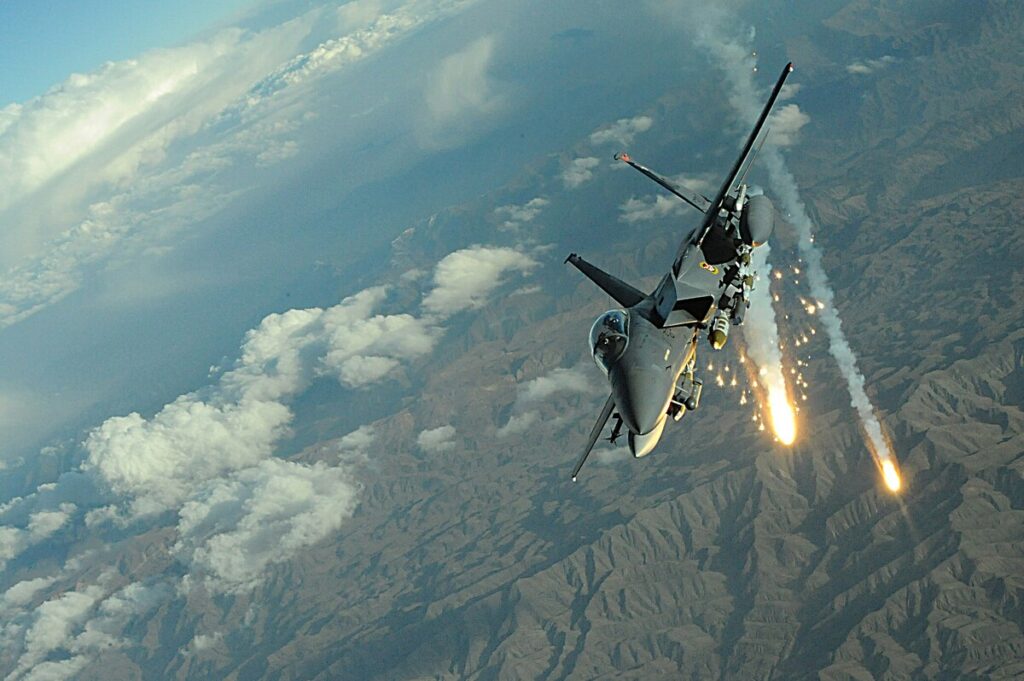
How an F-15E scored its only air-to-air kill… with a bomb

The military roots of Juneteenth and why we celebrate it

BUD/S instructors have their favorite games to make SEAL candidates suffer
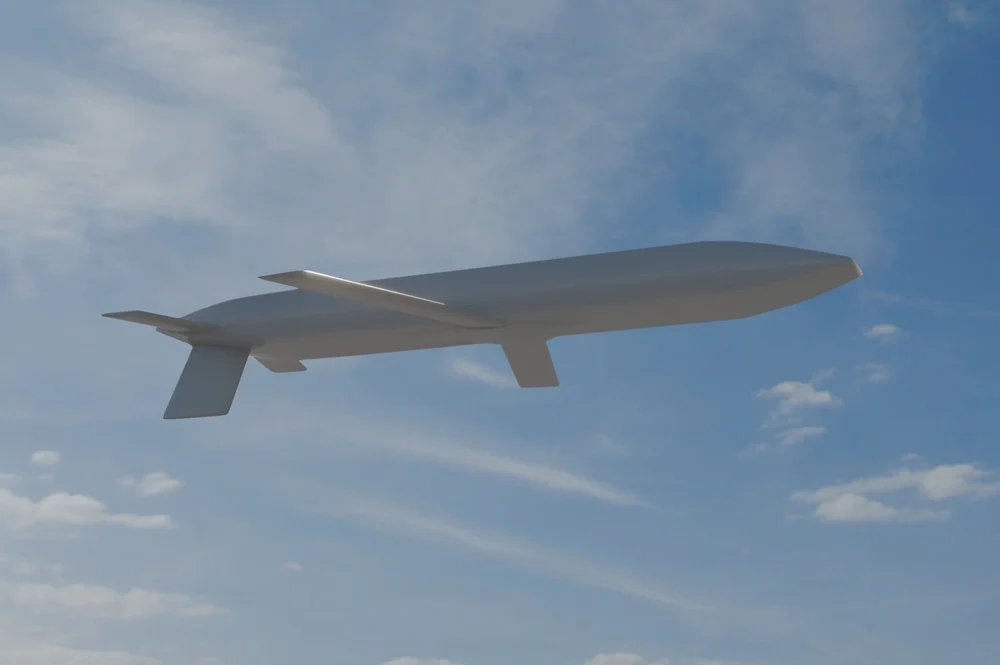
Air Force gives us a glimpse of its new AGM-181 LRSO nuclear missile
Sandboxx News
-

‘Sandboxx News’ Trucker Cap
$27.00 Select options This product has multiple variants. The options may be chosen on the product page -

‘AirPower’ Classic Hoodie
$46.00 – $48.00 Select options This product has multiple variants. The options may be chosen on the product page -

‘AirPower’ Golf Rope Hat
$31.00 Select options This product has multiple variants. The options may be chosen on the product page -

‘Sandboxx News’ Dad Hat
$27.00 Select options This product has multiple variants. The options may be chosen on the product page
